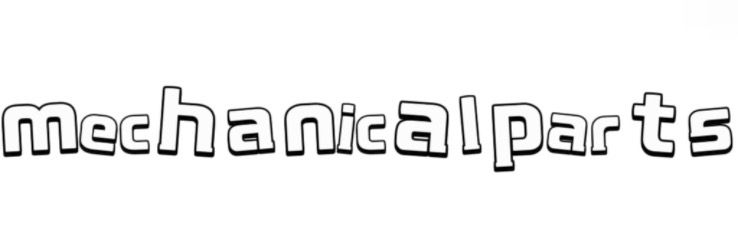What is Brazing via Induction Heating?
Nov. 26, 2024
Brazing is a metal-joining process that involves melting and flowing a filler metal into the joint between two or more close-fitting parts. One of the most effective methods for brazing is via induction heating, which utilizes electromagnetic induction to generate heat directly within the material. This process is efficient, precise, and suitable for a variety of applications, making it increasingly popular in industries such as automotive, aerospace, and electronics.
Understanding the Basics of Induction Brazing
Induction brazing operates on the principle of electromagnetic induction, where electrical currents are induced in a workpiece through a coil. This process allows for rapid heating of the material and provides an efficient way to reach the necessary temperatures for brazing without relying on a flame or external heat source. The brazing filler metal is usually applied to the joint before heating begins, allowing the molten metal to flow into the joint once the proper temperature is reached.
Advantages of Induction Brazing
Induction brazing offers numerous advantages over traditional brazing methods:
- Speed: Induction heating allows for quick, localized heating, reducing overall processing time.
- Energy Efficiency: This method consumes less energy compared to other heating methods, as heat is generated directly within the workpiece.
- Control: Precise control over temperature and heating time ensures optimal results and minimizes the risk of overheating.
- Cleanliness: The process generates minimal smoke and fumes, making it a cleaner option for various environments.
- Versatility: Induction brazing can be applied to a wide range of materials, including ferrous and non-ferrous metals.
Applications of Induction Brazing
Induction brazing is used across various sectors, with applications that include:
- Automotive: Joining components such as radiators, exhaust systems, and transmission parts.
- Aerospace: Fabricating durable components for engines and frameworks.
- Electronics: Creating reliable connections in circuit boards and other electrical components.
- HVAC: Joining copper and brass fittings in heating and cooling systems.
Recent Research and Data
According to a recent survey conducted by the American Welding Society, over 60% of manufacturers saw improved productivity and reduced material waste after implementing induction heating brazing techniques. Another study published in the Journal of Materials Processing Technology revealed that induction brazing could reduce cycle time by up to 30%, significantly enhancing production efficiency.
Such advancements highlight the importance of induction brazing in modern manufacturing processes, prompting companies to invest in this technology for better output and cost savings.
Conclusion
Induction heating for brazing not only streamlines the joining process but also enhances the overall quality of the fabricated products. With its energy efficiency, speed, and versatility, it presents a considerable advantage over traditional brazing methods. As more industries adopt this technology, it is clear that induction heating will continue to play a vital role in the future of manufacturing.
If you're interested in learning more about the benefits and applications of brazing via induction heating, feel free to connect with industry experts or follow related publications for the latest news and updates.
For more custom induction tempering machine company, china Bar Induction Tempering Machine supplierinformation, please contact us. We will provide professional answers.
144
0
0
All Comments (0)
If you are interested in sending in a Guest Blogger Submission,welcome to write for us!


Comments